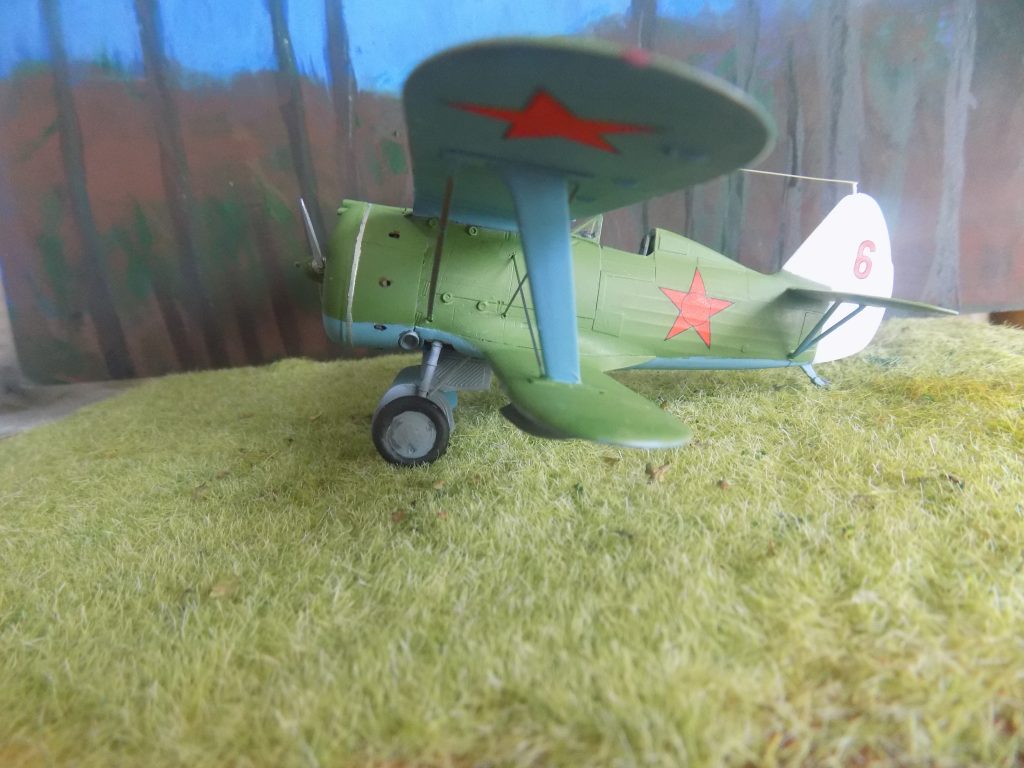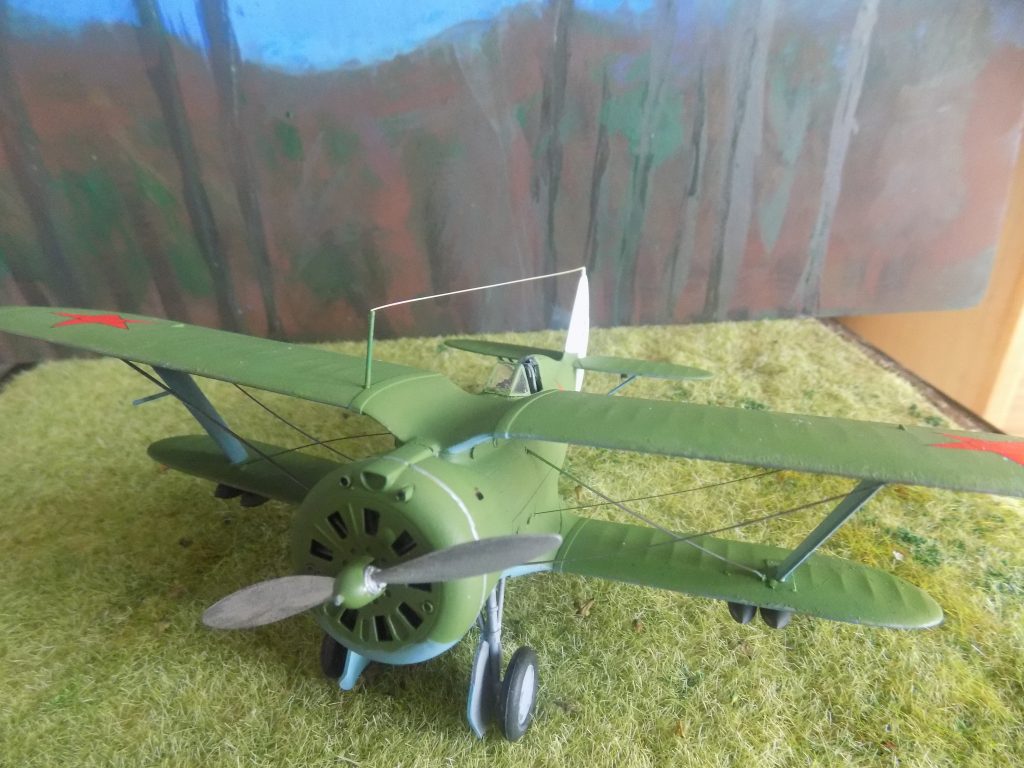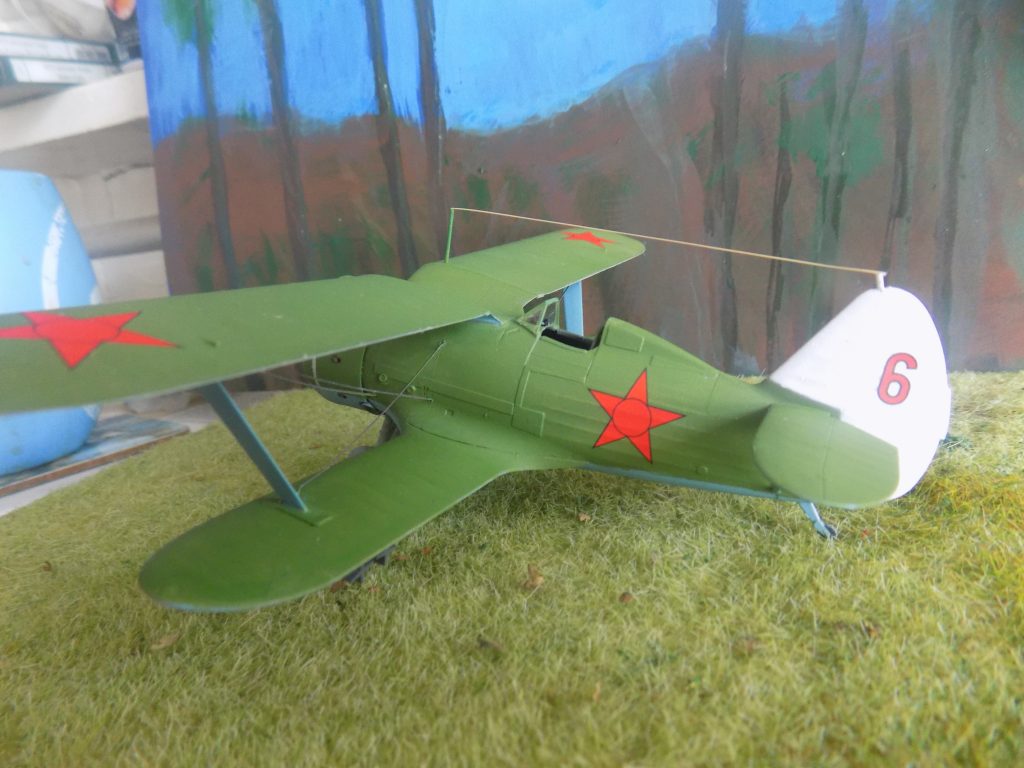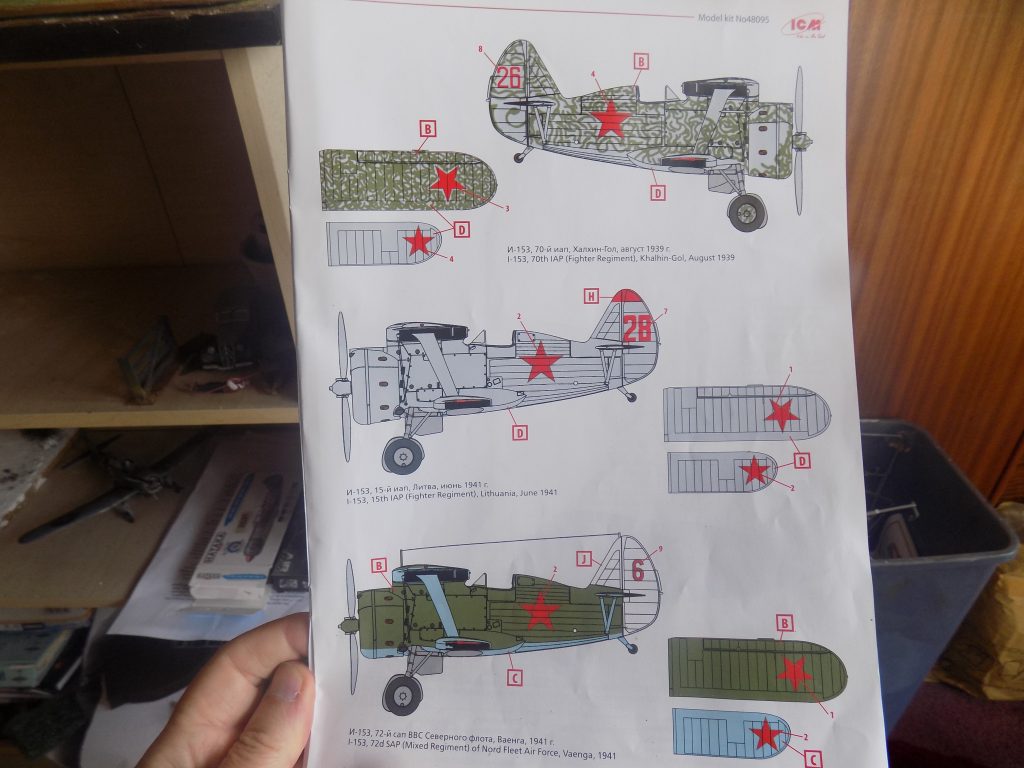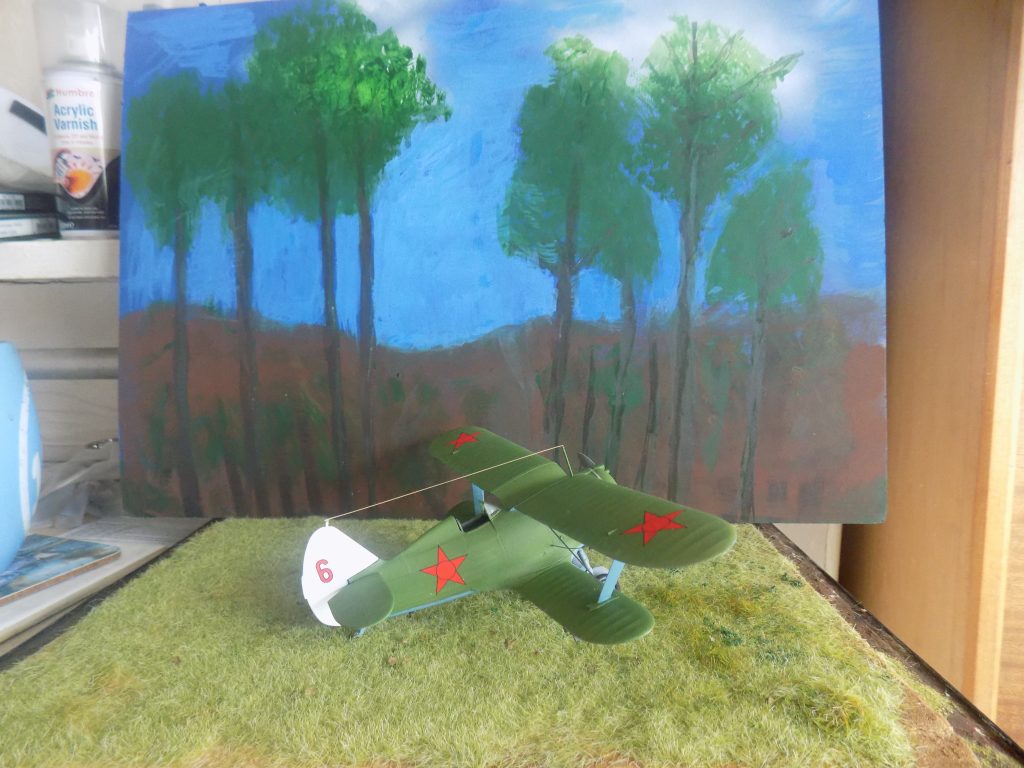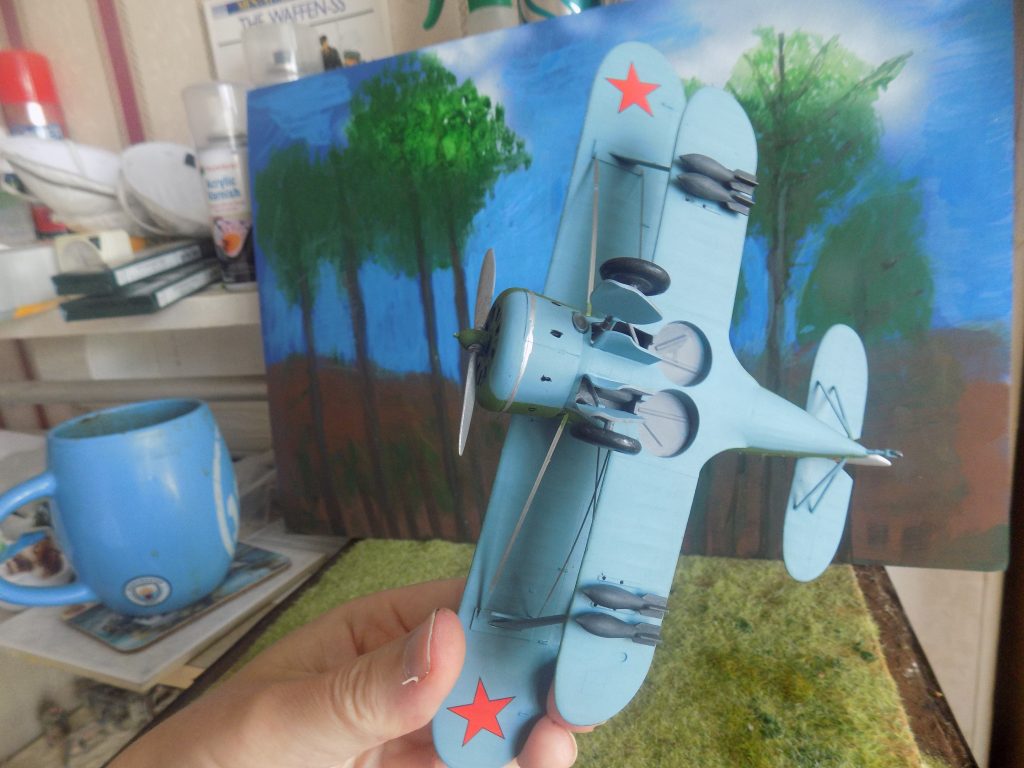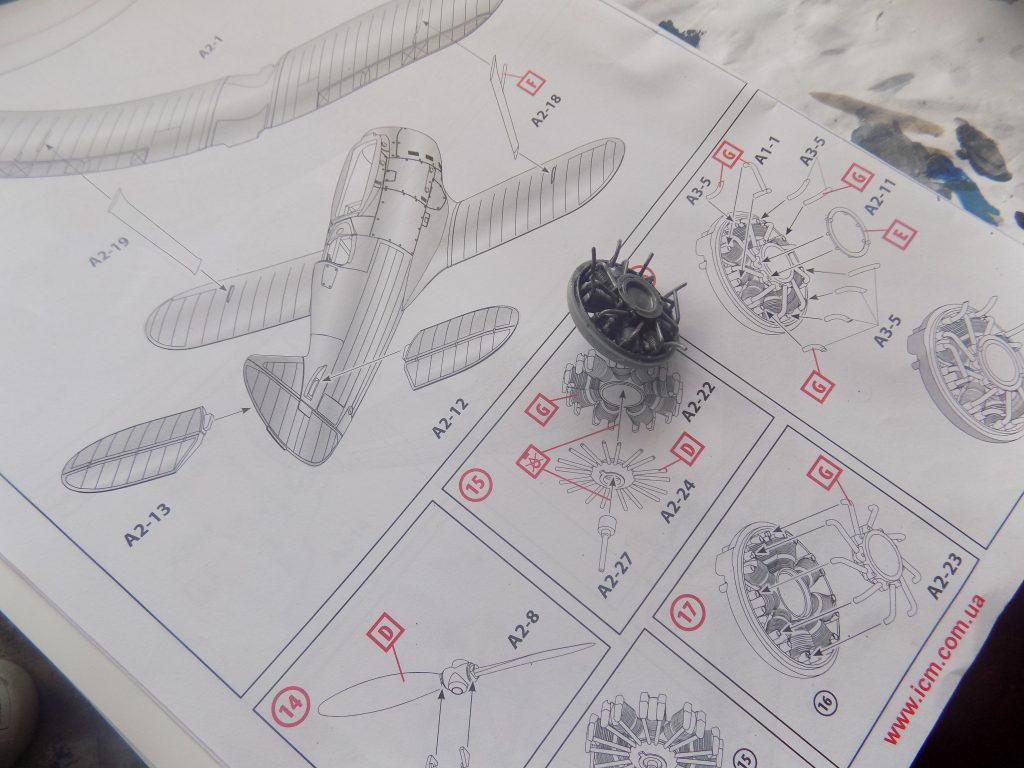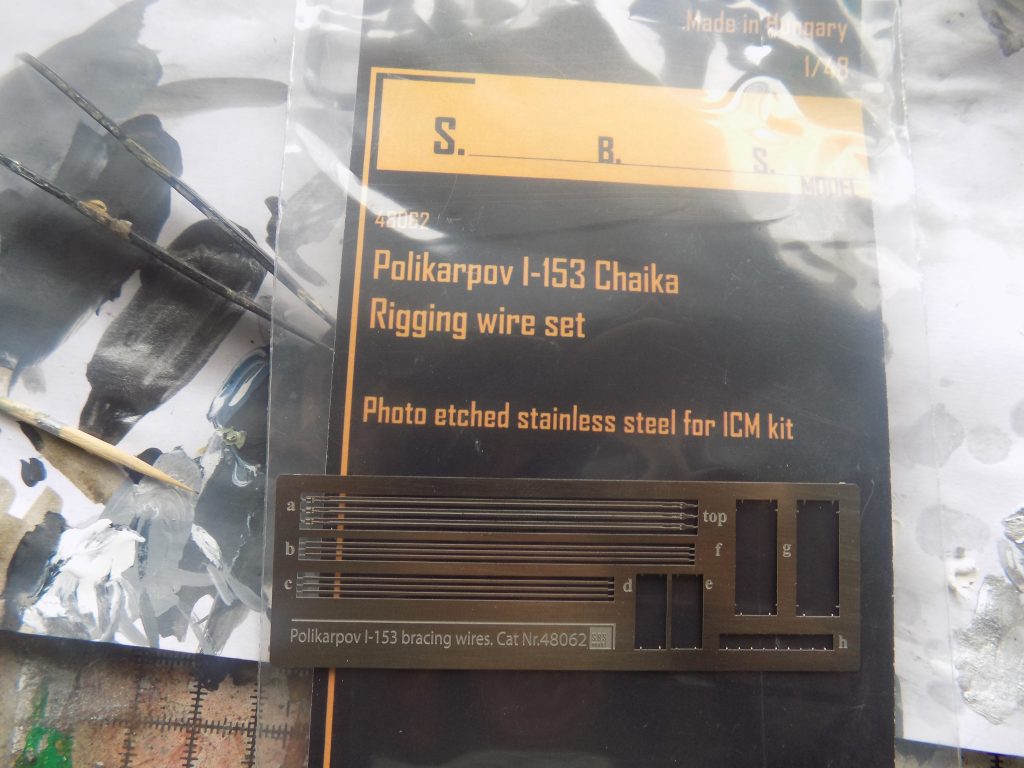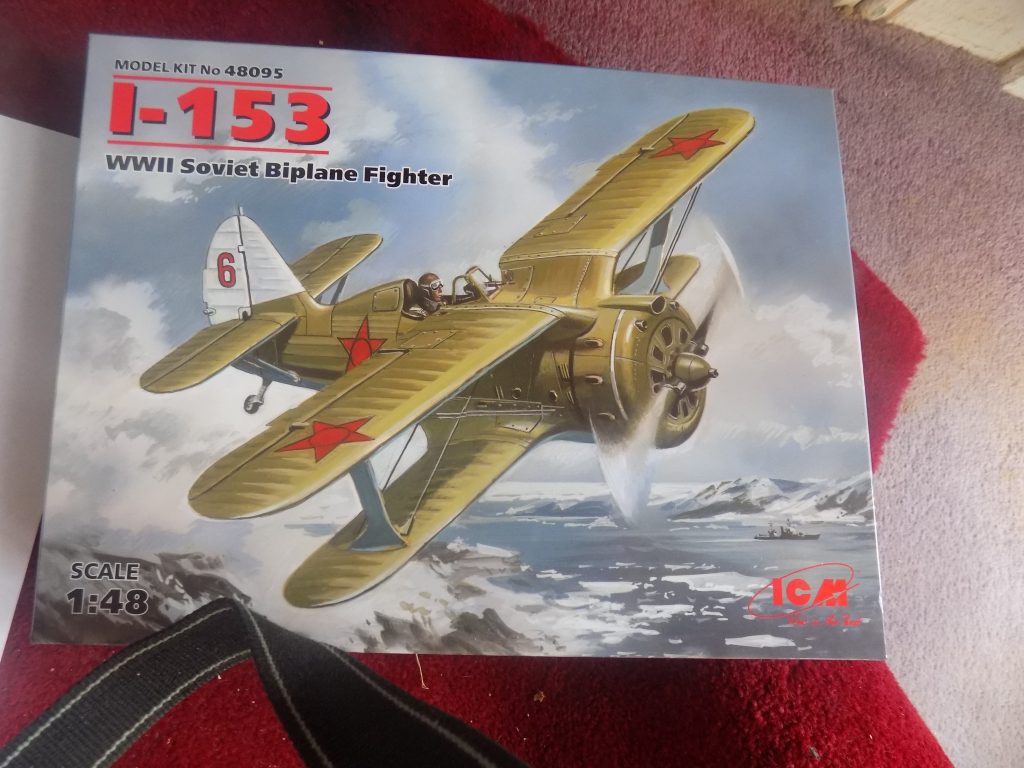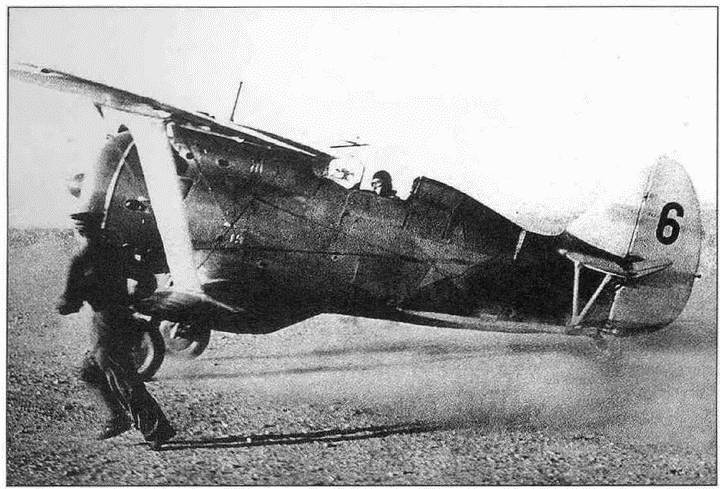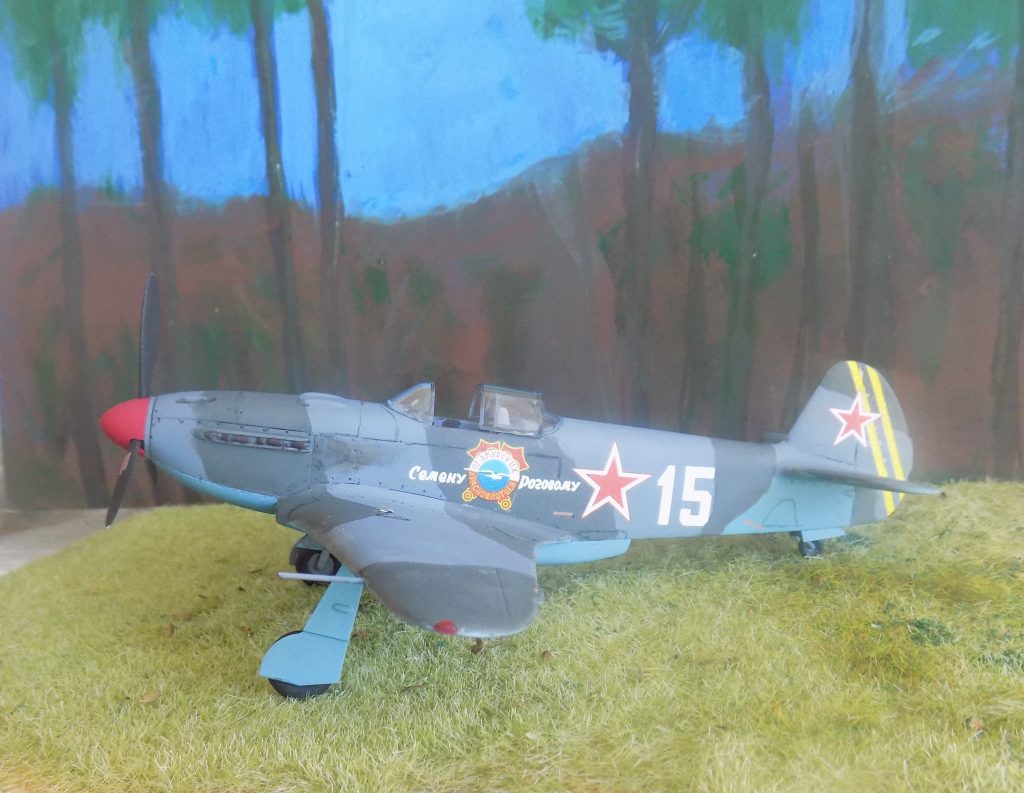
The Yakovlev Yak-3 (Russian: Я́ковлев Як-3) designed by the engineers of the Yakovlev design bureau was a World War II Soviet fighter aircraft that became operational in 1944. Robust and easy to maintain, it was much liked by pilots and ground crew alike. It was one of the smallest and lightest major combat fighters fielded by any combatant during the war and its high power-to-weight ratio gave it excellent performance making it a formidable dogfighter. It was more than a match for the Messerschmitt 109 F/G variants, and the Focke-Wulf 190, in fact it is said the German pilots tried to avoid it in combat.
In combat, the Yak-3 proved its worth almost immediately as it arrived. It maintained a stellar kill-to-loss ratio over Luftwaffe fighters and held the upper hand in most engagements thanks to its inherent capabilities and powerful armament. The addition of the Klimov VK-107 1,700 horsepower engines upped the ante even further as now the Yak-3 was capable of improved top speeds reaching 450 miles per hour. Marcel Albert, World War II French ace, who flew the Yak-3 in the USSR with the Normandie-Niémen Group, considered it a superior aircraft when compared to the P-51D Mustang and the Supermarine Spitfire. By war’s end, nearly 5,000 Yak-3s in 12 variants would roll off of Soviet assembly lines and into battle against the Luftwaffe. Production continued into 1946 when the era of jet fighters began.
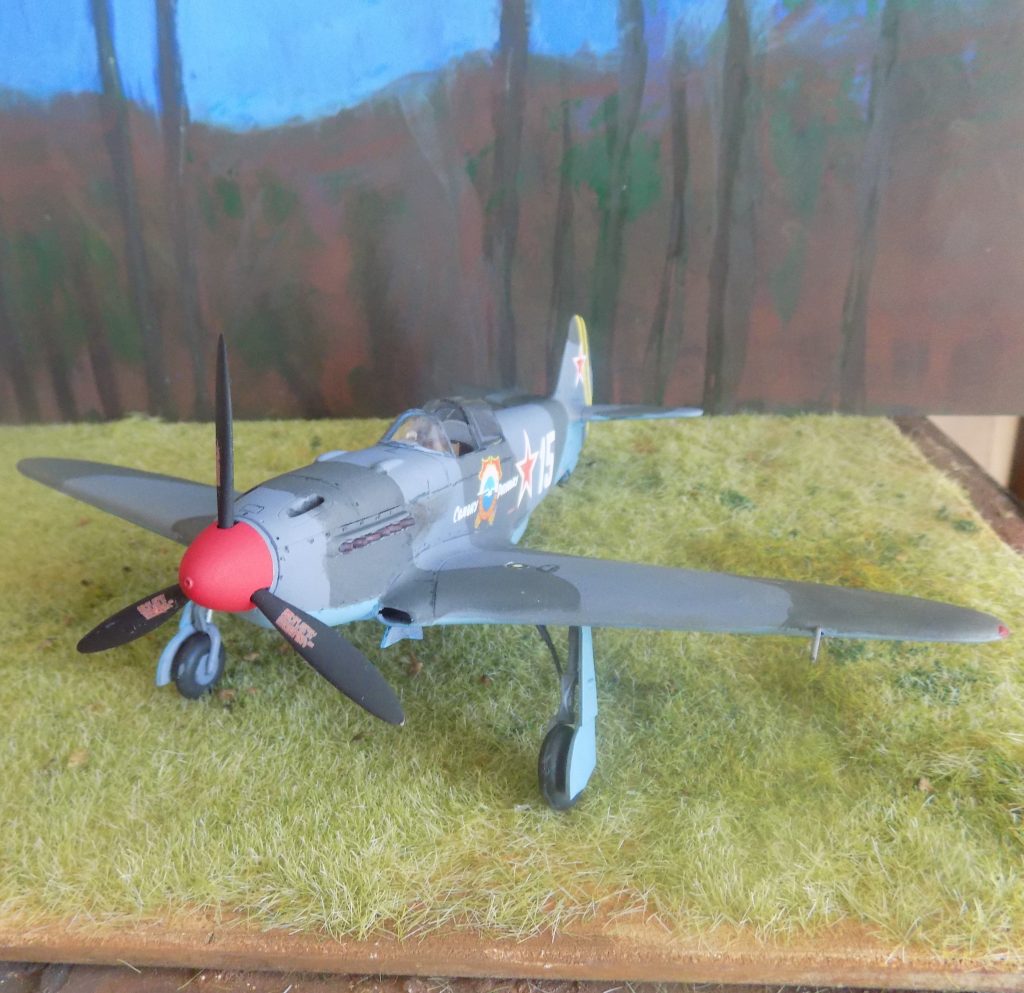

This was a fairly easy build from the Eduard ‘Weekend’ edition of kits, which are supposed to be cheap and cheerful. I did have a few fit issues with it but nothing too bothersome. I brush painted this one again using my specialist Hataka line of camouflage paints for Russian WW2 aircraft.
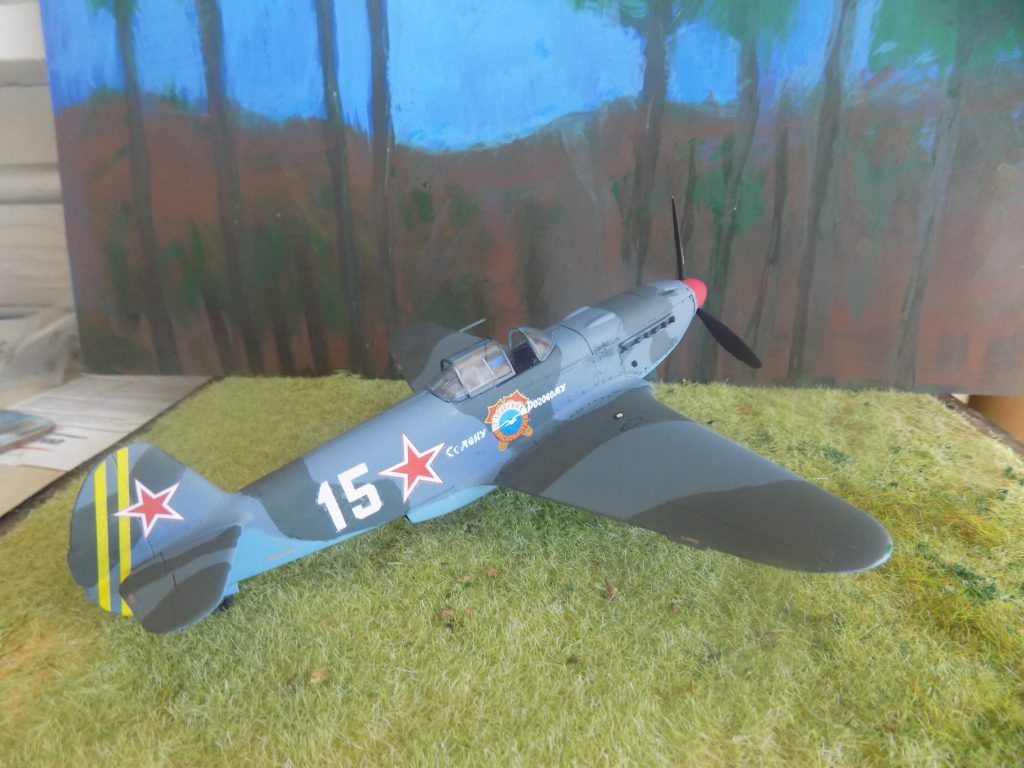

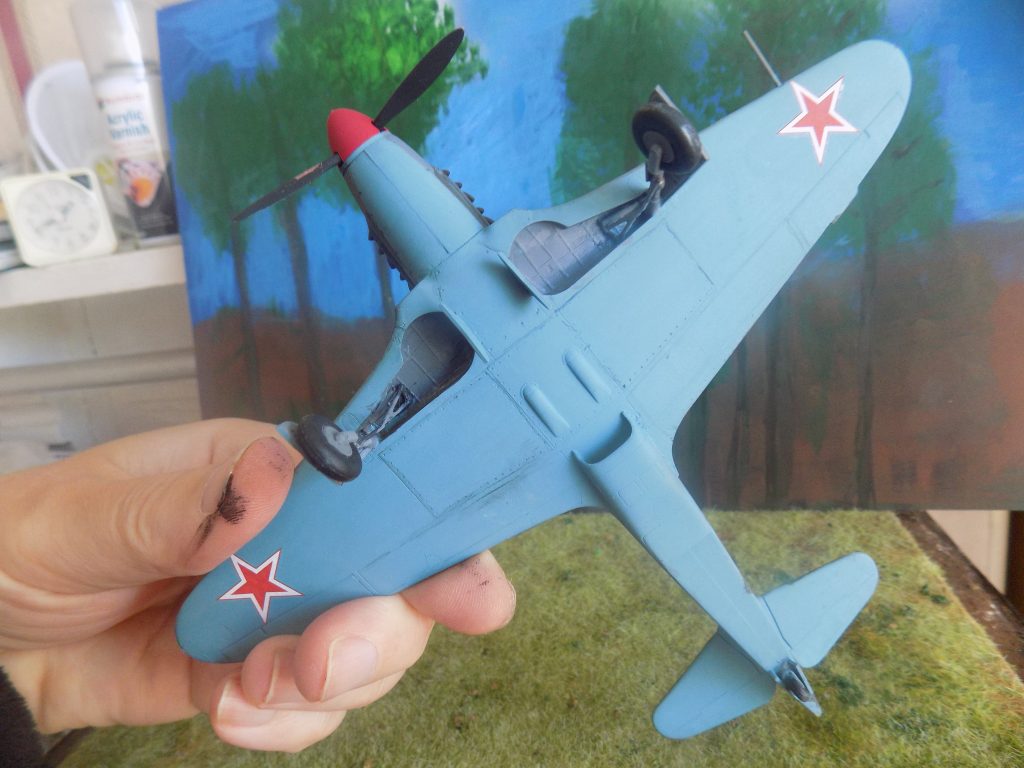
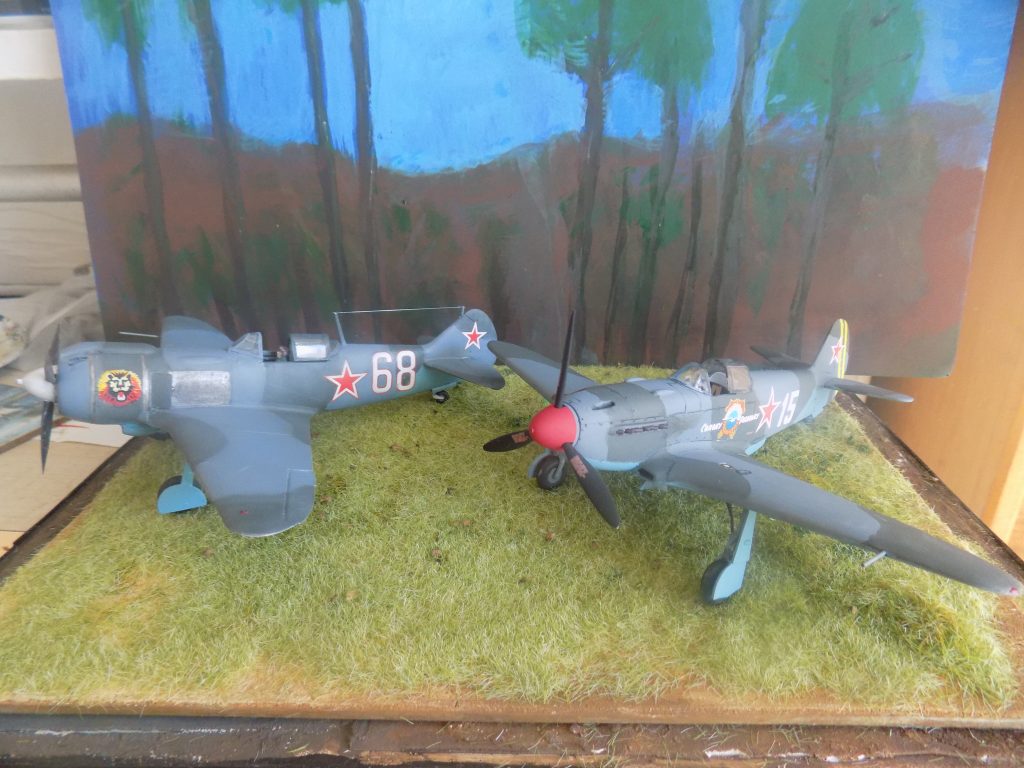
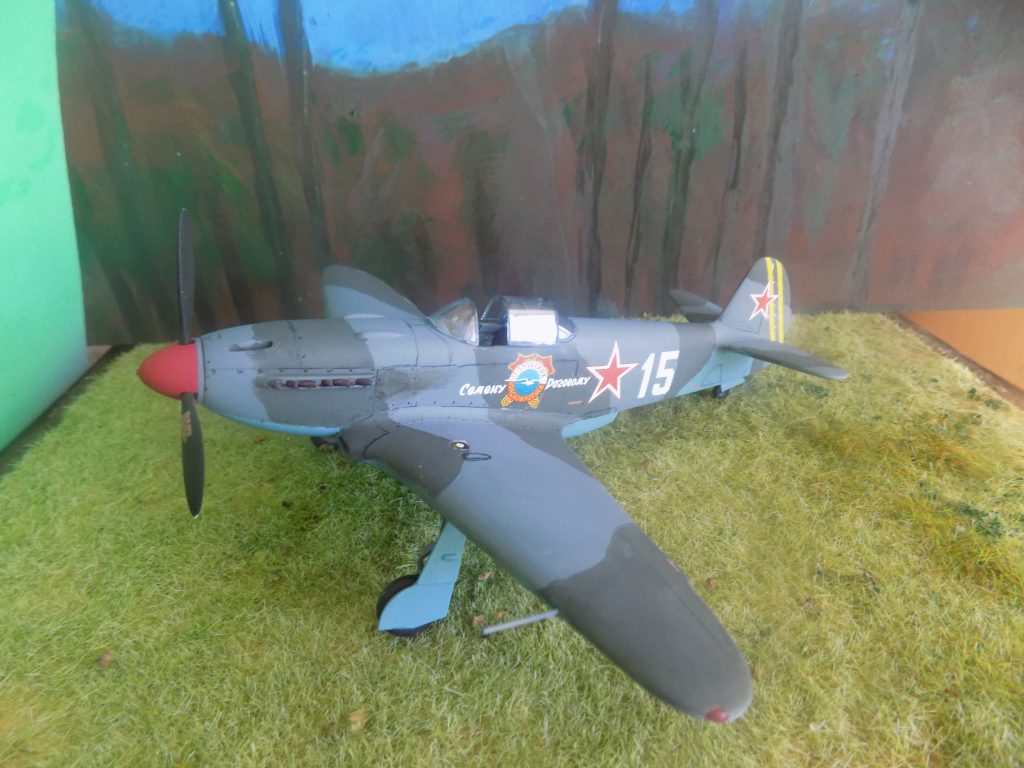
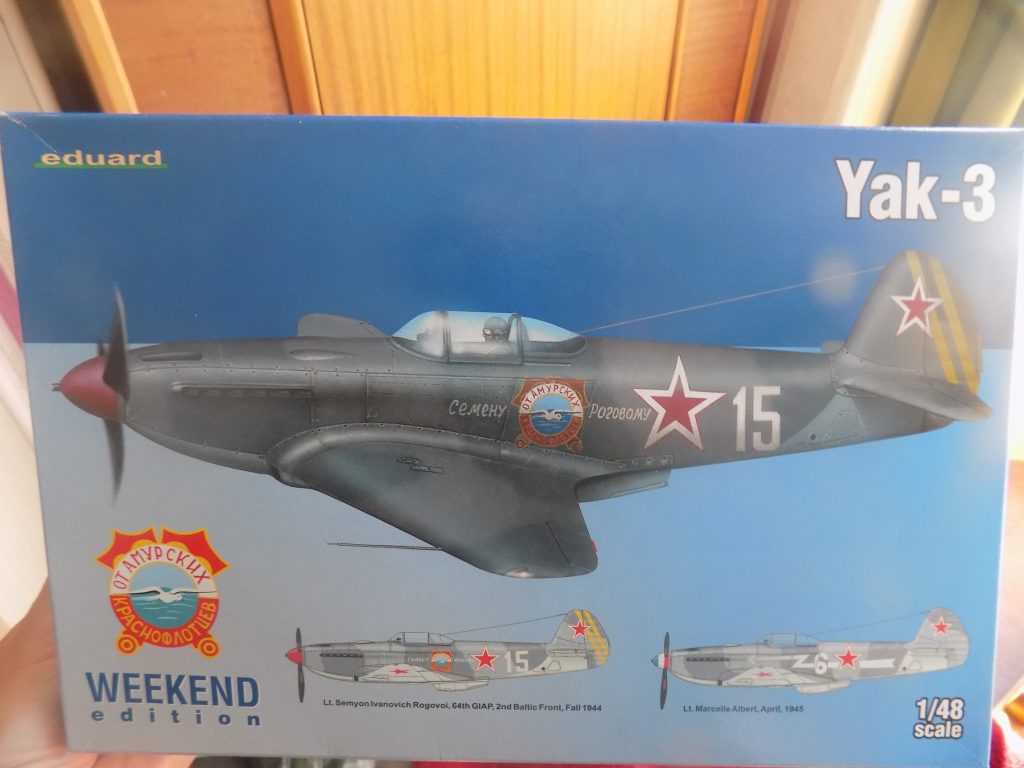


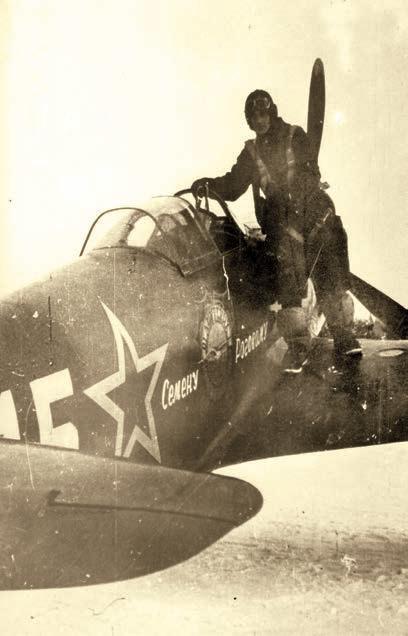
An interesting incident apparently took place at the end of the war over Yugoslavia in November 1944 between Soviet Yak-3s and American P-38 Lightning fighters, which mistook the Soviet fighters for Germans. As a result of the action, the Americans lost four aircraft, after which the Allies managed to effect a degree of co-operation. American recollections about the outcome of the combat differ somewhat from the Soviet with the American pilots claiming they shot down eight Soviet fighters!
